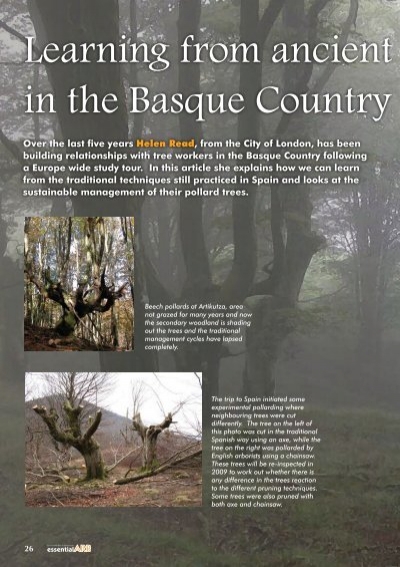Mellow
BCMA
Pollarding is done every one to two years, not every ten years. And the cuts are made at the same place every time. It's more of a European thing so you guys should know this better than a damn Yankee.
Thanks an interesting structure Rich. Is it a pretty solid setup?
Pollarding is done every one to two years, not every ten years. And the cuts are made at the same place every time. It's more of a European thing so you guys should know this better than a damn Yankee.




If you want to call Mick's hackery pollarding, then so be it.
wow thats one clean shop right there !!

Good article Rich. When I get some time, I'm gonna see if I can find more on it. Pruning with axes is a novel idea to me. I'd like to see exactly how they go about it.

 arbtalk.co.uk
arbtalk.co.uk

